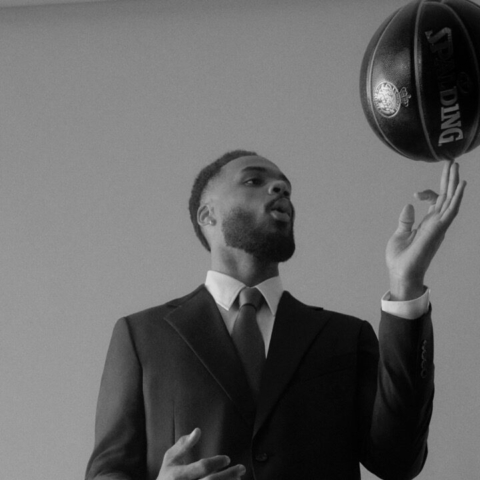Anarchy: Artist, Angel, Madman
By Jo Phillips
Three inspirational anarchic artists have used art as a tool to affect the world around them and challenged the point of views held by others. Just as they cross the boundaries defining art, they’ve also encouraged others to push their imaginations to the limit.
Madman
I love the anarchy in Salvador Dali’s work; his inspirational masterpieces challenge the boundaries of society by promoting individuality. His eccentric personality and unusual views of the world can clearly be seen in the unique art he produced. Many of young Dali’s ideas were communist and focused on anarchy and later in life he declared himself an anarcho-monarchist.

Dali Space Elephant Sculpture in London
His revolutionary art set alight the imagination of many. I find his work very eye opening, and I’m currently trying to fight my corner to have the ‘Swans Reflecting Elephants’ (1937) print on my living room wall. The paradox between these two contrasting creatures is so elegant; it’s pretty hard not to fall in love with this strangely attractive depiction.
Luckily for us, the unlikely pairing of creatures is a repeated motif within Dali’s work. In 1948, he used oils in his famous ‘The Elephants’ painting and conjured up an elephant like creature with giraffe looking legs. These tall and spindly hybrids could be deemed by many as unholy. The creatures created were never intended to walk the earth and many admirers of Dali’s exhibits relish the unconventional and defying style of his work.
Symbolism and freedom were some of the fruitful parallels found in Dali’s work, as well as dream narration. Famously he was the leader of the surrealist movement at the time, creating paintings that only Dali could come up with.
Artist
Born 20 years before Dali, Picasso grew up during powerful political revolutions, which he depicted in many of his most credible drawings. Picasso has been famed for being a genius, creating work that reflects many of the major historical and political occurrences, of which he strongly felt the impact, including the First World War. The general consensus of art critics is that he used his artwork as a social commentary of the civil unrest he witnessed, while also expressing his own distaste of conflict.
After pioneering cubism in the 1900s, Picasso expanded his repertoire in the 1920s by becoming a key influencer in the surrealist movement. By the 1930s, his style had matured and he created his most controversial piece of work, the famous ‘Guernica’. This painting shows an aerial bombing scene which took place in a Spanish town of the same name in 1937; a brutal and perceptual reminder of the tragedies of conflict that has since become a symbol of anti-war. This idea of creating art without limits or rules is represented in many anarchic artists’ work.
Picasso or Pablo Diego José Francisco de Paula Juan Nepomuceno María de los Remedios Cipriano de la Santísima Trinidad Martyr Patricio Clito Ruíz y Picasso as he was named at birth, was born in 1881 in Malaga, Spain. His work can be seen all around the world with museums in Barcelona, Malaga and Paris, to name a few, all of which boast some of his thousands of paintings and sculptures.
Angel
Another influential anarchic artist and one of the first female surrealists was Eileen Agar. Eileen was interested in creating visual metaphors through shapes. She fascinated the art world by imbuing static objects with a personality of their own. One example of this was when she photographed a rock formation in Ploumanach, which she envisioned as a mysterious prehistoric monster. Eileen has a truly great bank of work consisting of hugely imaginative and playful photographs and sculptures.

Angel of Anarchy 1936-40 by Eileen Agar 1899-1991. Image credit to Tate Britain
Also known to have holidayed with none other than Picasso himself (all the great artists keep good company) in Mougins, Eileen is famously known for her ‘Angel of Anarchy’. This blindfolded fabric statue of a female’s head was created at a time when Eileen was consumed by doubt about a woman’s place in society. Even though her pieces were inspired by life over 80 years ago, her messages are still powerful and relevant to a modern society in which gender roles have changed, but still have the power to confine people in terms of appearance, aspirations and social status.
Eileen would be pleased to know her work against the conventions of her day is still echoed in the 21st century. The artist Ellen Weinstein produces work that triggers strong reactions from the people who see it; she expresses her opinions through the medium of art, with pieces including the ‘Degrees of Debt’ and ‘The Landscape of Slavery.’






